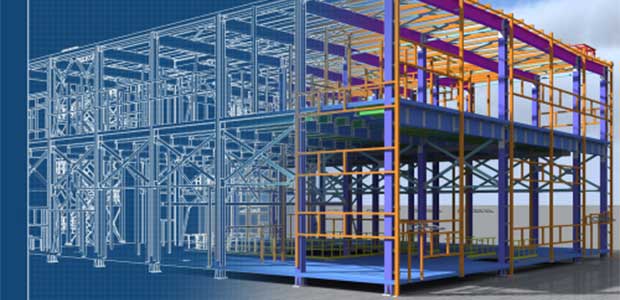
The Role of Building Information Modeling in Improving Construction Site Safety
This technology can be used by stakeholders to work together to prevent, manage and mitigate safety-related concerns.
- By Jim Stephen
- Apr 04, 2023
Building information modeling (BIM) technology represents a massive shift in the architecture, engineering and construction sectors. Designed to visualize data and streamline building projects, it enables trade professionals to do their jobs on a more effective level. One overlooked aspect of this is safety—the information and planning tools available through BIM software have the potential to greatly reduce risks and improve worker welfare on construction sites.
Defining BIM
BIM is a digital process designed to create and manage the data that goes into constructing a building. It involves the collection, organization and visualization of all types of data related to a building project, such as geographic information, engineering diagrams, measurements and material specifications. Through the use of various tools and technologies, BIM consolidates what tradespeople need to know in order to get their projects done safely and effectively.
Experts consider BIM a critical component of the modern architecture, engineering and construction (AEC) industry's innovation and eventual transition into a fourth revolution. Its capabilities are a significant upgrade from the ways of decades past, when professionals would have to rely on multiple physical plans and tools throughout the building process.
What BIM Can Do
BIM is offered in the form of software from a variety of vendors. Each of these products is unique in one way or another, but they all have the common goal of helping users manage their projects more effectively and efficiently.
Core functionalities offered by BIM software include:
3D modeling. Creating accurate 3D models of a project, including all elements such as walls, windows and doors.
Data management. Managing data such as performance metrics, material specifications and cost information.
Collaboration. Allowing multiple stakeholders to work together on a project in real time via cloud-based platforms.
Rendering. Generating realistic images of a project for client presentations and design reviews.
Analysis and simulation. Analyzing and simulating the design of a project to identify potential problems.
Cost estimation and scheduling. Estimating the cost of the project and creating a timeline for completion.